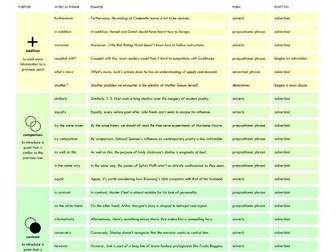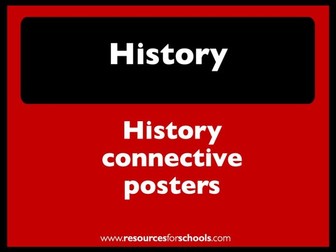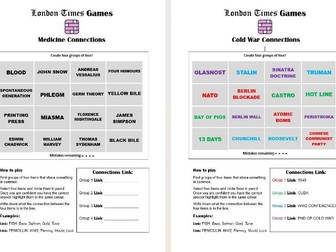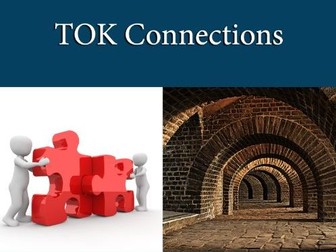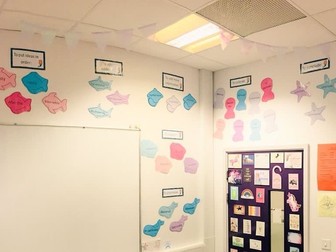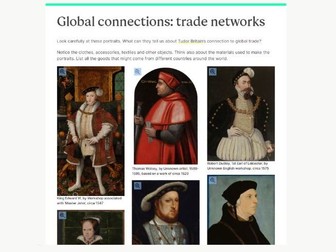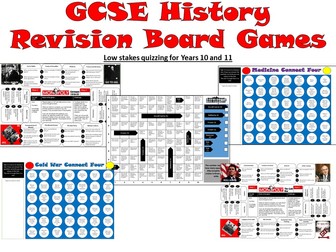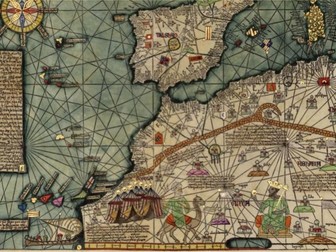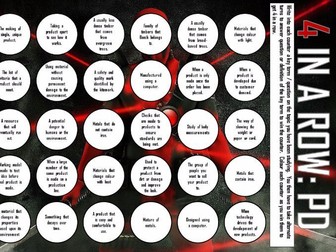
Connectives
A collection of words and phrases that will help students to achieve greater coherence when writing paragraphs. Each connective comes with an example of how to use it, along with grammatical information on its form (i.e. word class/ part of speech) and function (i.e. whether it’s an adverbial or if it begins a clause). There is also additional guidance on the difference between ‘movable’ connectives (adverbials such as furthermore) and ‘immovable’ connectives (such as although). The connectives are divided into the following categories:
addition: to add information to a previous point
comparison: to introduce a point that is similar to the previous one
contrast: to introduce a point that is mostly different from the previous point despite one or two similarities
concession: to make a counter-argument
refutation: to continue with your main argument after making a counter-argument
restatement: to make an argument clearer by phrasing it in a different way
exemplification: to make an argument clearer by providing an example
summary: to simplify information down to the main details
frequency: to show how often something happens
causality: to imply cause and effect between two pieces of information
sequence: to structure information in a sequence
